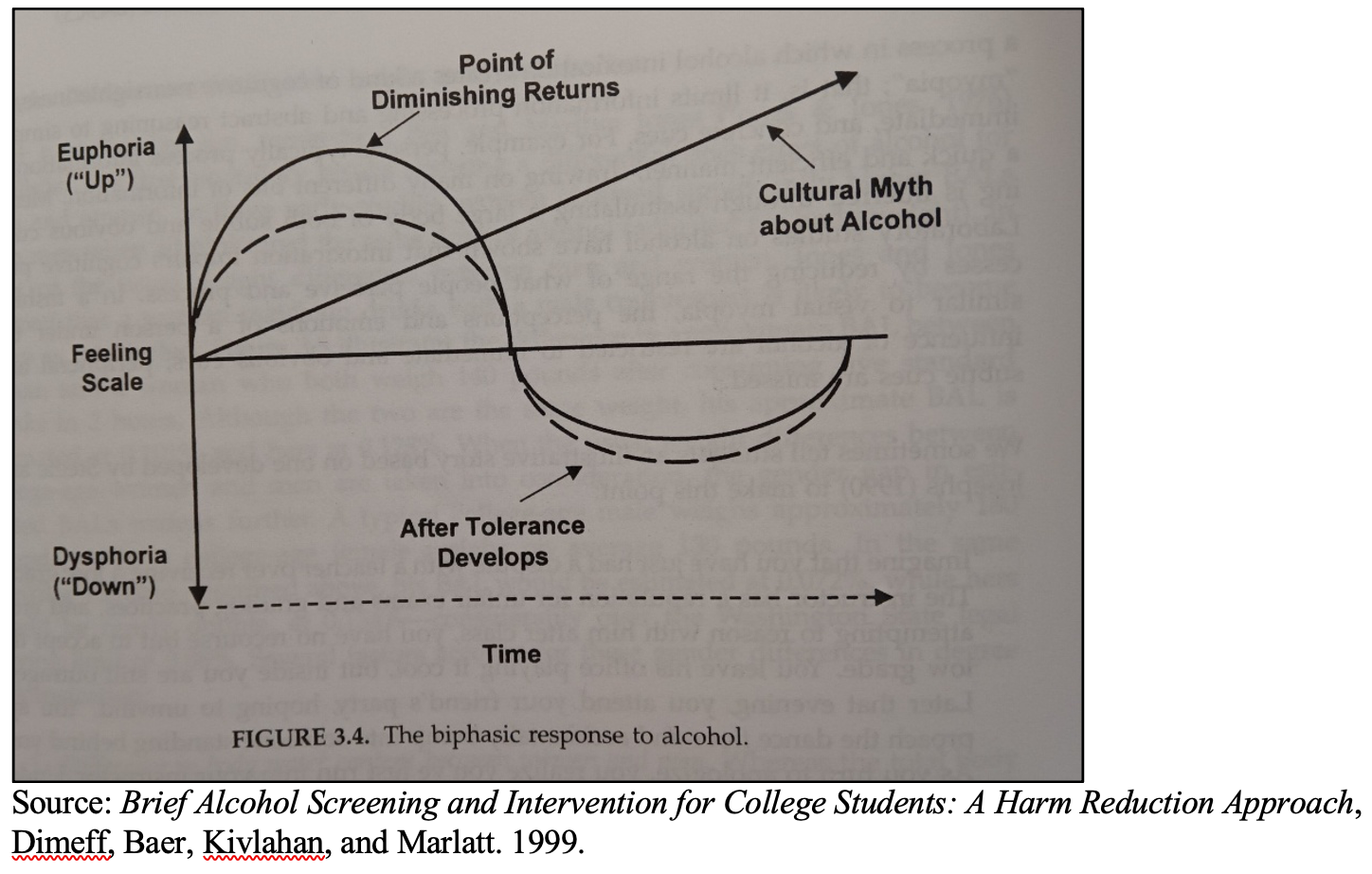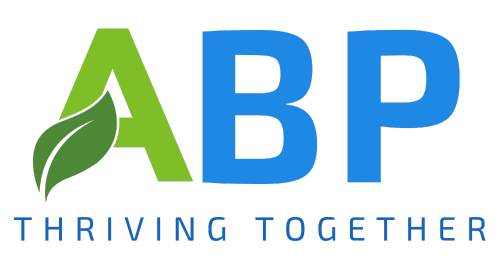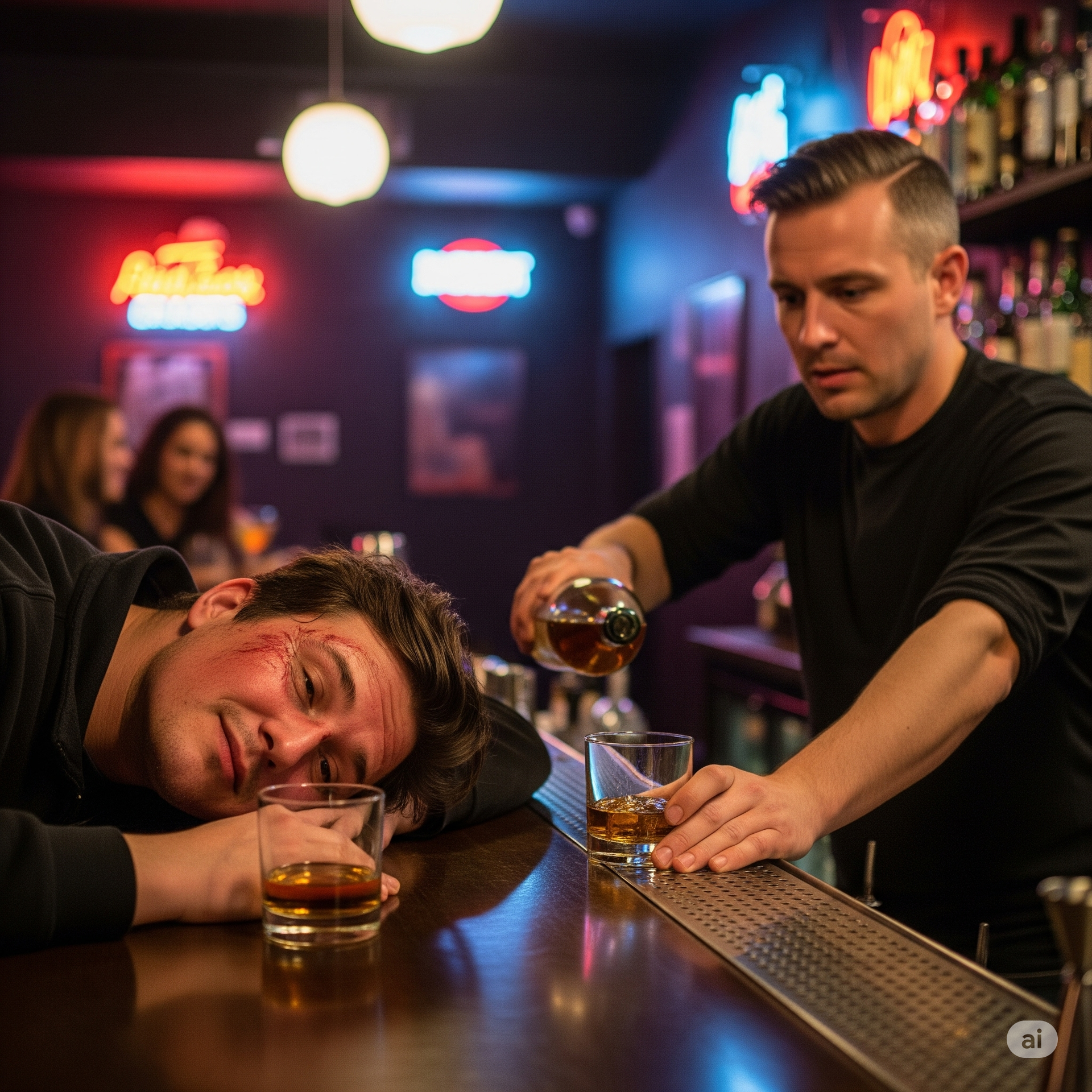Information Silos: How They Harm All Stakeholders
(Insight in the “Drunk, Drunker, and High-Risk Drunkenness” series)

RECAP OF PRIOR INSIGHT
- Chronic alcohol-related problems, such as violence, DUIs, and neighborhood disruption are largely preventable by reducing overconsumption.
- There are three proactive steps cities can take to effectively change the behavior of existing businesses, especially those with long-standing bad habits.
Step 1: Prepare to meet with the business. Obtain performance data and develop your written talking points.
Step 2: Meet with the business. Share performance data. Connect any issues to proven solutions. Emphasize the link between intoxication and calls for service. Review the ten “best practices to reduce overconsumption” in the Best Practices for Nightlife Establishmentsbooklet. Recommend and review cut-off logs to encourage accountability. Schedule a follow up in 30-45 days to review progress.
Step 3: Use Enhanced Bar Checks. They reinforce the city’s expectations, build trust, and strengthen partnerships. Where possible, reference case examples of enforcement to underscore accountability.
- As improvements take hold, extend this 3-step process to other high-risk venues in the city.
Short on time? Skip to the recap below!
First, the real reasons that drunks aren’t cut off
Depending on which study you read, only 3% to 15.5% of customers who are identified as obviously intoxicated are cut off. Why so few? Usually, it’s not because the server wants more tips or the business wants more sales. The real reasons are systemic.
The law isn’t enforced. The Alcoholic Beverage Control rarely enforces the law against serving an obviously intoxicated person, §25602(a) of the Business & Professions Code. Imagine if traffic speed laws were never enforced. Chaos would follow. That’s the norm inside many late-night venues with excessive drinking.
Cut-offs are unpleasant. Refusing service can be awkward or confrontational. Few servers enjoy doing it. And if managers don’t require cut-offs, many servers tend to avoid them.
Lack of information and knowledge. Owners and managers often don’t realize how intoxicated customers drive up insurance premiums, deductibles, and customer churn (turnover). In the automobile insurance realm, studies show that higher insurance premiums motivate most drivers to improve. Likewise, if alcohol business owners understood how drunkenness affects their insurance costs, it could motivate them to operate more responsibly. Those who pay the insurance bill aren’t the ones making cut-off decisions.
Ethically, of course, staff should cut off intoxicated customers. But ethically, enforcement agencies should also enforce the law. Instead of finger-wagging, let’s solve the problem.
Internal information silos hinder learning in the business organization
Most alcohol businesses suffer from information silos, where critical information and knowledge are trapped in management layers, never reaching those staff members who need it.
For over a decade, I’ve led Advanced Bar Management workshops, in-person and, for my Johns Hopkins University clients, via Zoom.
A standard poll question that I ask participants is:
“How many years does an insurance claim stay on your record?”
Almost no one knows the answer: five years. And few people understand how multiple insurance claims can compound premiums and deductibles. I wasn’t surprised that my workshop attendees didn’t know this. After all, as a restaurant owner and general manager, I didn’t know, either. I only learned it after years of insurance claims made my insurance unaffordable.
That’s the journey many alcohol business owners take. Learning the hard way, if at all.
External information silos lead to missed opportunities
The same void in information sharing exists beyond the business’s walls. Research that could inspire alcohol business operators to reduce the intoxication levels inside their business is never shared with them. Here are a few examples:
- Overpouring Studies
Research on the overpouring of spirits and wine shows its massive negative impact on sales and profit margins. In my Advanced Bar Management training, when business owners and managers learn about these findings, they often become eager to implement my “profitable pouring” practices. These actions reduce waste, improve profits, and lower intoxication levels inside establishments. The result is a more profitable business and a safer community.
- The Biphasic Response (“The Pleasure Zone”)
During my Advanced Bar Management training, participants are captivated when we explore the biphasic response to alcohol. That is, at first, alcohol produces pleasurable feelings, but over time, the effects become more depressant in nature.[1] Understanding the BAC level at which alcohol consumption shifts from pleasurable to negative and risky empowers both servers and customers. This new knowledge debunks the myth that “more is better,” and it affects attitudes and beliefs about drinking. Nearly every operator who learns this concept asks me for a complimentary Drinker Guide to display for guests. We’ll discuss the guide in a future Insight, but the key takeaway is simple. When customers understand the pleasure zone, that knowledge follows them out the door.

- Studies on High-Intoxication Harms
Decades of research demonstrate the steep rise in harm as intoxication increases. My Advanced Bar Management workshops are filled with these findings—studies I never encountered during my own years as a late-night club operator and that other hospitality professionals have never seen. These studies were buried in academic journals, far from the people who could benefit from them the most.
What do you think is more effective?
- Telling servers to cut off drunk customers because too much alcohol consumption is unsafe.
OR
- Showing them the “relative crash risk”[1] chart that indicates a customer being cut off, whose BAC is .07, is twice as likely to get into a vehicle crash as a nondrinker. And if the customer is not cut off and their BAC rises to .15, the driver is now 22 times more likely to crash.
Information sharing breaks silos
Stay tuned because our next two posts will discuss how sharing the Best Practices for Nightlife Establishments booklet with businesses shatters information silos and triggers critical change. When best practices replace legacy practices:
1. Public safety is increased.
2. City public safety expenses are reduced.
3. Business profitability is improved.
COMING UP IN THIS SERIES
- Business Best Practices to Reduce High-Risk Intoxication (Part 1)
- Business Best Practices to Reduce High-Risk Intoxication (Part 2)
- Press Release from Governor Newsom (imagined)
RECAP
- Customers are overserved alcohol and rarely cut off because:
- The ABC doesn’t enforce the law against serving an obviously intoxicated person.
- Staff who might enforce a cut-off policy are unaware of the rise in insurance costs due to claims involving drunk customers.
- Staff aren’t exposed to the research that quantifies customer harm at higher BAC levels.
- Business owners are unaware of many of the practices that can reduce high-risk intoxication inside their establishments.
- The siloing of information between the research community and the hospitality industry harms all stakeholders.
- The broad sharing of information from research studies would provide business owners and managers with the knowledge, tools, and motivation to serve alcohol more responsibly.
[1] R.D. Bloomberg, et al.,
Journal of Safety Research 40 (2009) 285-292.








